5 Scottish islanders who made their mark on the New World
This article contains affiliate links. We may earn a small commission on items purchased through this article, but that does not affect our editorial judgement.
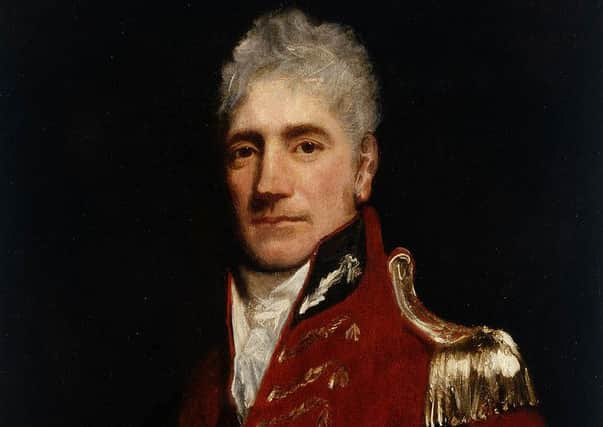

Some came from humble beginnings, they departed the tranquil shores of home in search of wealth and opportunity at a time when Scotland entered a period of radical and often forced social change.
While thousands left Scotland during these years, these five island men certainly made their mark, whether it be for better - or worse.
ULVA, NEAR MULL
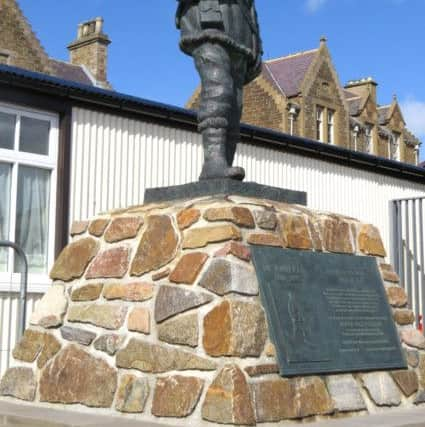

Advertisement
Hide AdAdvertisement
Hide AdLachlan Macquarie - army officer, reformer, “Father of Australia”
Born on the isle of Ulva in 1762, Macquarie was to become known as the ‘Father of Australia’ given his reforming agenda as the fifth governor of New South Wales.
Born into Clan MacQuarrie, which owned Ulva Staffa, Gometra and a large swathe of Mull, he left the Hebrides at 14 and joined the British Army shortly after, serving in the American Wars of Independence and also spells in Egypt and India.
Macquarie arrived in Sydney in 1809 to become governor of NSW, embarking on an ambitious public works programme, calling for new roads and bridges to link Sydney with new townships and the creation of 200 new churches and public buildings.
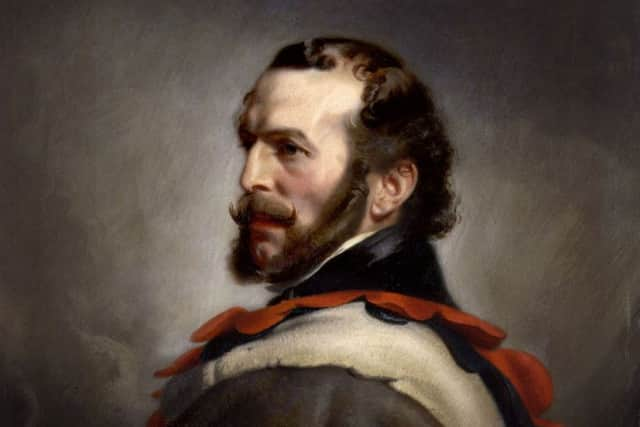

He shaped Austrialian society by transforming NSW from a penal colony to a free settlement but his liberal views on reinstating reformed convicts to positions of authority were controversial.
Also, as documented in To The End of the Earth, by Tom Devine, he hoped to encourage the Aborigines from their “rambling native state” and transform them into farmers.
Seven years later Macquarie returned to the UK after a British government commission criticised his liberal policies, with a judge-led inquiry into his approach.
Advertisement
Hide AdAdvertisement
Hide AdMacquarie’s journal of the time included a list of pets he shipped from Australia to Britain. They included seven kangaroos, six emus, seven black swans, two brolgas, two white cockatoos and several parrots.
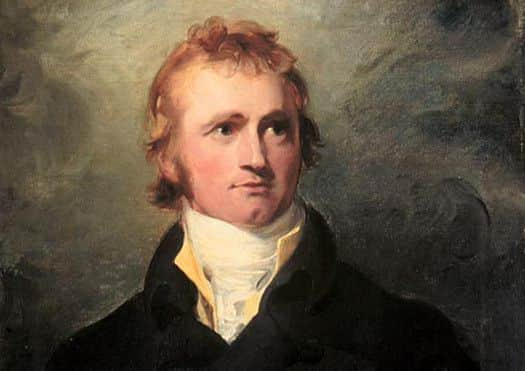

The couple eventually returned to Scotland and lived on the his Jarvisfield Estate on Mull.
He died in 1824, having cleared his name and receiving a pension, and is buried on Mull.
His headstone is engraved with the “Father of Australia”.
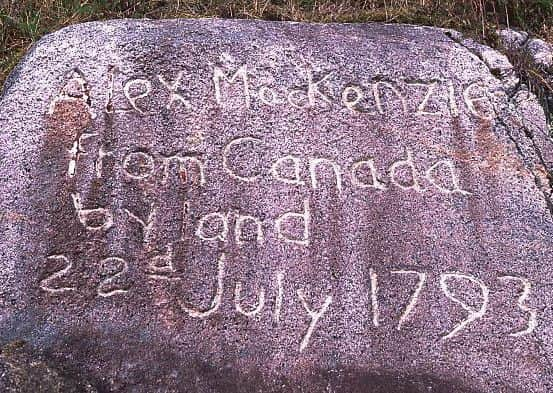

ORKNEY
Dr John Rae - explorer and doctor
Born in Hall of Clestrain in Orphir, Orkney, Dr Rae was to become a key figure in the Hudson Bay Company (HBC) whose origins were welded in the northerly Scottish isle.
As Devine notes in To The Ends of the Earth, the HBC was virtually an “Orkney Dominion” in Canada with 78 per cent of the payroll from this single archipelago.
Dr Rae, who left Orkney to study medicine in Edinburgh, set sail from Stromness to take up a post as doctor with HBC at Moose Factory in Ontario.
According to the Dr John Rae Society, The Hudson’s Bay Company Governor-in-Chief, Sir George Simpson, identified Rae as the man to finish the mapping of the Arctic coast.


Advertisement
Hide AdAdvertisement
Hide AdReceiving training as a surveyor meant a 1,200 mile walk on snow-shoes before finally reaching his tutor.
He is credited with leading four successful expeditions, charting the coast for HBC and learning survival skills from the Inuits, whom he treated with respect.
In his first expedition in 1846-7, Rae left with a small group of people and carried only a small amount of food, choosing instead to live off the land by means of hunting.
He found what would be named Rae’s Strait, the last link in the Northwest Passage, in 1854 and in the process, learned of the fate of the lost Franklin Expedition of 1845.
Dr Rae returned to London with the news that 40 white men on the expedition had resorted to cannibalism in order to stay alive but later died of starvation.
His news back in London as to the tragic end of Sir John Franklin and his crew was to be met with a storm of controversy.
Lady Franklin, his wife, rallied support from Charles Dickens who vilified the Inuit as savages and liars in his magazine with Dr Rae’s reputation effectively destroyed.
Advertisement
Hide AdAdvertisement
Hide AdShe arranged for a bust in Westminster Abbey to proclaim Franklin as the discoverer of the Northwest Passage.
Dr Rae died in 1893, aged 80, with his body taken home to Orkney. He is buried in St Magnus Cathedral Kirkyard in Kirkwall.
A stone memorial lays inside, Dr Rae’s effigy draped in Arctic clothes, a gun by his side
In September 2013, a statue of Dr Rae was erected at the pierhead at Stromness.
SKYE
Angus McMillan - sheep farmer, prospecter, vigilante
McMillan, from Glen Brittle on the south of the Island, arrived in Australia more than 200 years ago but the sheep farmer’s legacy still stirs the strongest controversy given his links to some of the worst massacres in Aboriginal history.
MacMillan led the Highland Brigade, a vigilante-style group of Scots armed with guns which was formed after the 1843 murder of fellow Scot Ronald Macalister by natives.
The Koori Heritage Trust says that the number of aborigines slaughtered by McMillan and his colleagues is thought to be in excess of 300, with evidence of 14 separate massacres, including women and children.
Advertisement
Hide AdAdvertisement
Hide AdThe most notorious was at the remote settlement of Warrigal Creek, where up to 180 aborigine adults and children were shot after the death of Macalister, the the nephew of Lachlan Macalister, the Scottish sponsor of McMillan’s expeditions.
Some history texts in Australia document McMillan as a pioneer, a pastoralist and a good Presbyterian.
The Austrlian Dictionary of Biography notes him as having a “a sympathetic interest” in the welfare of the Aborigines.
However, just two months ago, fresh calls were made to rename the electoral district of McMillan in western Gippsland. Victoria, which was named after the Scot, a former member of the Victoria Legislative Assembly.
Russell Broadbent, the current Liberal MP incumbent of McMillan district has written to the Electoral Commission claiming that the change would send a message of practical reconciliation.
He said: “Angus McMillan has a history that is well documented about his murderous ways in regard to our indigenous people and it’s time to recognise that.”
LEWIS
Alexander Mackenzie - fur trader and explorer.
Alexander Mackenzie, born in Luskentyre House in Stornoway in 1764, became the first European to reach the Pacific Ocean overland - on what is now known as Canada - after adventuring across a distance of some 5000 miles.
Advertisement
Hide AdAdvertisement
Hide AdMackenzie and his father left the island aged 10 following the death of his mother with the boy later to join two aunts in Montreal.
He signed up to the North West Company, a direct rival to the Hudson Bay Company before the two eventually merged, with Mackenzie and a cousin setting up a trading post, Fort Chipewyan, on Lake Athabasca in 1788,
This was the starting point of his expedition of 1789, which followed a river - now named the Mackenzie - from the Great Slave Lake to the river’s delta on the Arctic Ocean.
He left Fort Chipewyan again in 1792 to find the Pacific, following the route of Peace River, crossing the Great Divide and the Coast Mountains before navigating the Bella Coola River to reach an inlet of the Pacific Ocean. He did not reach the open water, turning back due to a warning of hostile tribes in the area.
Instead, he headed back west but not before leaving a message on a rock written in bear grease. It read: “Alex MacKenzie / from Canada / by land / 22d July 1793.”
It is now permanently inscribed with the site now called the Sir Alexander Mackenzie Provincial Park.
He returned to Scotland 10 years after the voyage and retired to Avoch, near Inverness, where he died in 1820.
Advertisement
Hide AdAdvertisement
Hide AdEarlier this year, he was named a Persons of National Historic Significance by the Canadian Government.
ISLAY
Alexander McDougall - milkman, privateer, army major and first governor of New York State Bank
McDougall, son of pious Presbyterians, left Islay with his farmer parents in 1738 with the young Ileach (people of Islay) to play a key role in the American Revolution decades later.
The family were part of a group of 200 or so Highlanders who had been persuaded to cross the Atlantic by army veteran Captain Lachlan Campbell, who had already visited the new colonies.
The family planned to buy land at Fort Edward, New York, but on arrival it emerged that Campbell had bought 30,000 acres with a plan his passengers would become his tenants.
Many - including the McDougall family - were disgusted with his duplicity and went their own way.
Ronald McDougall, Alexander’s father, worked on a dairy farm on Manhattan Island with his son helping out on deliveries.
Advertisement
Hide AdAdvertisement
Hide AdAt 15, the young islander became a ship master being going on to acquire the privateering vessel Tyger, a six-gun merchant vessel and then the twelve-gun Barrington in 1759.
He gave up seafaring and moved into land acquisition and politics as the American Revolution got underway.
He became leader of the New York Sons of Liberty, the secret society formed to protect the rights of the colonists and to fight taxation by the British government, and was later jailed twice for sedition.
On his release, McDougall became an activist for freedom of speech and political liberty.
Commissioned as a colonel in the 1st New York Regiment, McDougall was to lead troops in the invasion of Quebec in 1775, in which he lost two sons, with him later becoming a Major in the Continental Army .
He became State senator and the first president of the Bank of New York in 1784.
A memorial cairn to McDougall stands at Portintruin, on the road to Laphroaig, close to where he was born. Officials from the Bank of New York Mellon attended its inauguration in 2011.
DOWNLOAD THE SCOTSMAN APP ON ITUNES OR GOOGLE PLAY
